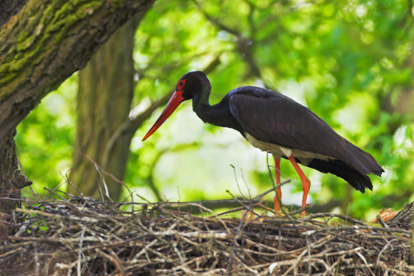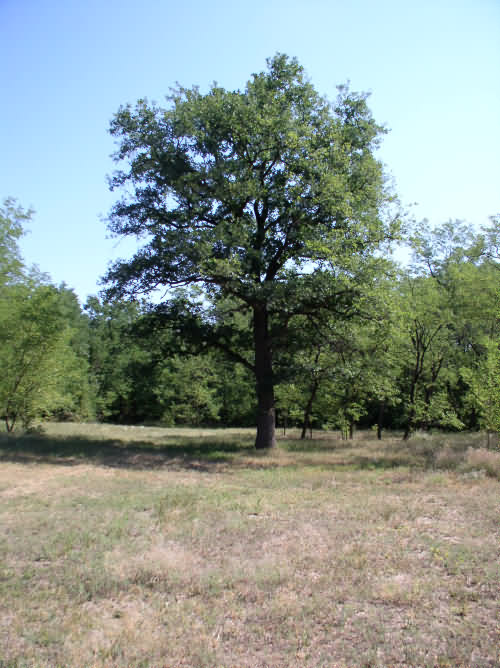Wildlife
 Within the associations of the mosaic landscape made up from sand oak woods and Pannonic sand steppes many typical representatives of both closed woods and grasslands are found. Within the associations of the mosaic landscape made up from sand oak woods and Pannonic sand steppes many typical representatives of both closed woods and grasslands are found.
The Nagykőrös Steppe Oak Woods nature conservation area is a mosaic landscape made up from more or less closed forests and grasslands. In the prehistoric times the major part of the floodless sand ridges of the Great Plain was covered by similar vegetation, this was the so called “steppe woods”. It is found only in tiny patches in Western Europe; however its various forms can be found towards the East, up to Mongolia. This kind of vegetationis a transiotional form between the forests and the treeless grasslands, thus the typical flora and fauna representing both habitats can be found together. The diversity (biodiversity) of the steppe oak woods, the closed lowland steppe oak woods and grasslands located in between is outstanding.
As in each association type the role of certain species can be determinant. We may not know whether the role of a species – which might not seem really important for us – is a lot more important than we assume based on our present knowledge, therefore the preservation of all species is the best action.. Only this way we can ensure that a typical local habitat will sustain in the future.
On the following pages we can find information on the most typical, most easily distinguishable species of the Nagykőrös Steppe Oak Woods, but we should not forget: even those species can be important for the survival of an association, which we haven’t or hardly ever heard about.
Flora >>
Fauna >>
|